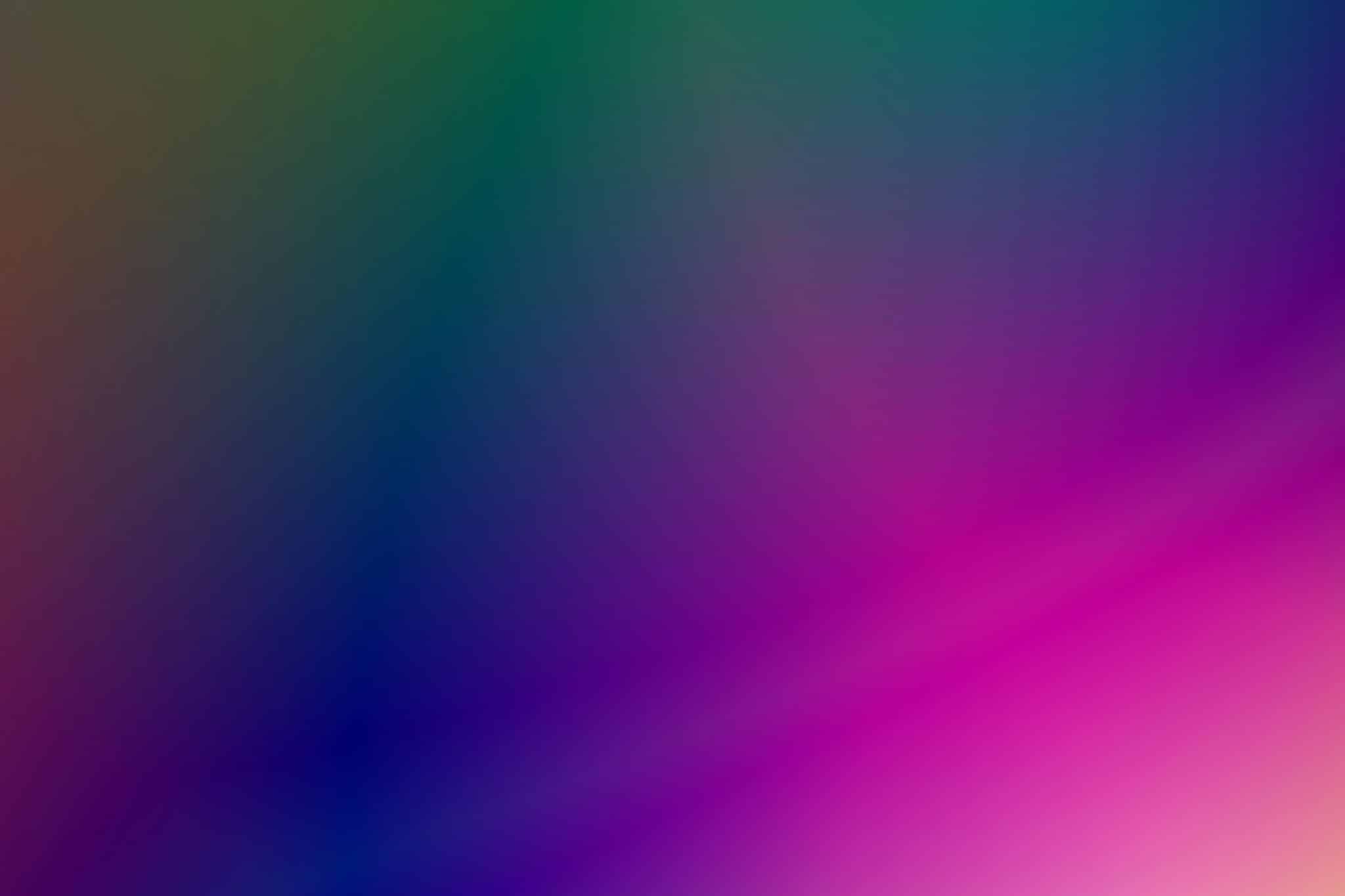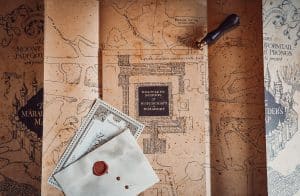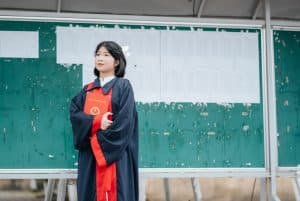Digital Art: Blending Creativity and Technology
Digital art has revolutionized the way we create and experience art. It has opened doors to endless possibilities and pushed the boundaries of creativity. With the advancement of technology, artists can now seamlessly blend traditional art techniques with digital tools, resulting in unique and mesmerizing pieces that captivate viewers. In this article, we will explore the world of digital art and how it has brought together creativity and technology in ways we never thought possible.
The Rise of Digital Art
The term “digital art” may seem like a recent phenomenon, but its roots can be traced back to the 1950s when computer graphics were first introduced. However, it wasn’t until the 1990s that digital art gained mainstream recognition with the advent of personal computers and graphics software. This allowed artists to create, manipulate, and enhance images using digital tools, without the constraints of traditional mediums.
Since then, digital art has evolved at a rapid pace, with new technologies constantly emerging. From creating digital paintings and illustrations to 3D modeling and animation, the possibilities are endless. This has sparked a digital art movement, with artists from all around the world embracing the freedom and flexibility that comes with creating in the digital realm.
The Marriage of Creativity and Technology
The beauty of digital art lies in its ability to seamlessly merge creativity with technology. It allows artists to explore and experiment with new techniques, pushing the boundaries of what can be achieved. Digital artists have an array of tools at their disposal, such as digital brushes, layers, and filters, that can enhance their creativity and bring their vision to life.
Furthermore, technology has made it easier for artists to share and promote their work. With the rise of social media and online art platforms, digital artists now have a global audience at their fingertips. This has opened up new opportunities for collaboration and exposure, creating a vibrant and ever-growing community of digital artists.
The Advantages of Digital Art
One of the main advantages of digital art is its versatility. Artists can create and edit their work in real-time, making it easier to experiment and make changes. This also means that artworks can be reproduced in multiple formats without losing quality, making it more accessible to a wider audience.
Digital art also allows for a more eco-friendly approach to creating and sharing art. With no need for physical materials, there is less waste and a smaller carbon footprint. This makes it an ideal choice for artists looking to minimize their environmental impact.
The Role of Google SEO in Digital Art
When it comes to showcasing their work, digital artists rely heavily on online platforms to gain visibility. This is where Google SEO comes into play. SEO, or Search Engine Optimization, is a method used to boost website rankings on search engines like Google.
For digital artists, SEO can help increase their online presence and reach a wider audience. By optimizing their website and social media profiles, artists can improve their visibility in search results and attract more traffic to their work. This can ultimately lead to more opportunities for exposure and collaborations.
The Future of Digital Art
As technology continues to advance, the possibilities for digital art are only going to grow. With the rise of virtual and augmented reality, artists can now create immersive experiences for their audience. Similarly, advancements in artificial intelligence and machine learning are opening up new avenues for artists to explore.
However, despite all these advancements, one thing will remain constant – the need for creativity. Technology may provide the tools, but it is the artist’s imagination and vision that bring life to digital art. As long as there are artists who dare to push the boundaries, digital art will continue to evolve and inspire generations to come.
In Conclusion
Digital art has opened up a whole new world of possibilities for artists, seamlessly blending creativity and technology. With its versatility, accessibility, and endless possibilities, it is no wonder that digital art has gained widespread recognition and a dedicated following. As we move into the future, it will be exciting to see how technology and creativity continue to merge and push the boundaries of what is possible in the world of art.










